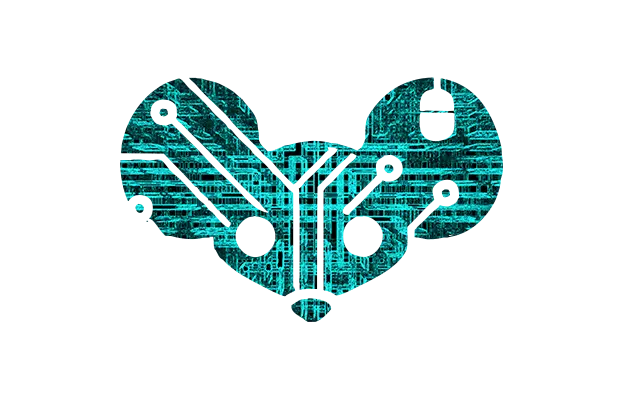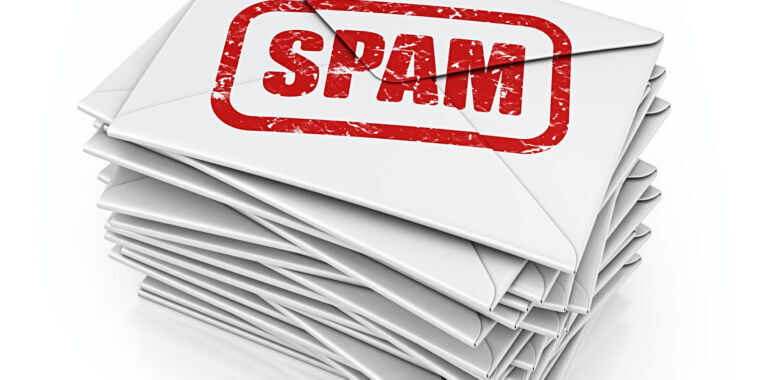Gmail has AI powered spam filters for years. Stupid title
deleted by creator
This is the best summary I could come up with:
A big portion of the letters here are “homoglyphs”—by diving into the endless depths of the Unicode standard, you can find obscure characters that look like they’re part of the normal Latin alphabet but actually aren’t.
The closer you look at an email like this, the worse it gets: “C0NGRATULATIONS” has a zero replacing one of the “O” characters, the underlined letters in “Jᴀ̲ᴄ̲ᴋ̲pot” are so strange they don’t even come up in Unicode searches, and a lot of spaces are swapped out for periods or underscores.
Alternative approaches that used a “fixed vocabulary size” or “lookup table” for homoglyphs made them resource-intensive to run.
RETVec is open source, and Google hopes it will rid the world of homoglyph attacks, so even your local comment section could be running it someday.
RETVec appears to work a lot like how humans read: It’s a machine-learning TensorFlow model that uses visual “similarity” to identify what words mean instead of their actual character content.
Google’s similarity demo uses the same technology to identify pictures of cats, so turning that into the world’s fanciest optical character recognition system sounds pretty doable.
The original article contains 731 words, the summary contains 187 words. Saved 74%. I’m a bot and I’m open source!
I’m getting 30-60 spam emails a month for the past 4 months out of the blue. Hopefully they fix that.
Being in the US, the very presence of these homoglyphs should be a flag for any of my mail. I imagine that similar rules could be applied in most languages, especially once there’s a decent sample size.
“Google’s similarity demo uses the same technology to identify pictures of cats, so turning that into the world’s fanciest optical character recognition system sounds pretty doable.”
Oh, well then.
It’s already annoying enough to send attachement to a Gmail user.




